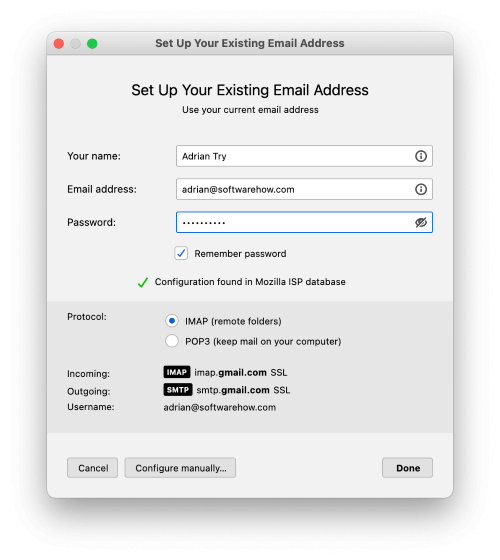
For example, "C:\Program Files\Thunderbird\thunderbird.exe" c:\test.eml This will launch Thunderbird with a window displaying the contents of the.
The -migration command line argument opens import wizard which help with import data from Outlook (Express) and Mozilla Suite/SeaMonkey. Note however that you normally cannot start Thunderbird with a second profile if Thunderbird is already running. A quick sanity check is that e:\my_profile should contain your prefs.js file. Example: "C:\Program Files\Mozilla Thunderbird\thunderbird.exe" -profile e:\my_profile will launch Thunderbird with the profile stored at e:\my_profile. Its useful if you're a roaming user or Thunderbird somehow lost track of your profile (perhaps due to your system crashing) and you want to verify the profile is still good before trying to fix the problem. It's described in more detail in the writeup on USB drive support but it does not require a USB drive. It's used to run Thunderbird with the specified profile regardless of whether the Profile Manager knows about that profile's existence. The -profile "path" (or -P "path") command line argument to specify the location of the profile. It's used for a number of troubleshooting or system administration tasks such as running in Safe Mode. 
Command line arguments for the extension manager.You can use -compose message_options to have it bring up the compose message window and fill in everything for you, but you still need to press the Send button to actually send the message.

Notice the syntax section at the bottom of that writeup. The -install-global-extension and -install-global-theme arguments have been removed from Gecko 1.9.2 and later versions. However, you need to figure out what version of Gecko your version of Thunderbird uses to see if some of those command line arguments aren't available. All of the Mozilla command line arguments that aren't browser specific.Thunderbird supports the following command line arguments:






 0 kommentar(er)
0 kommentar(er)
